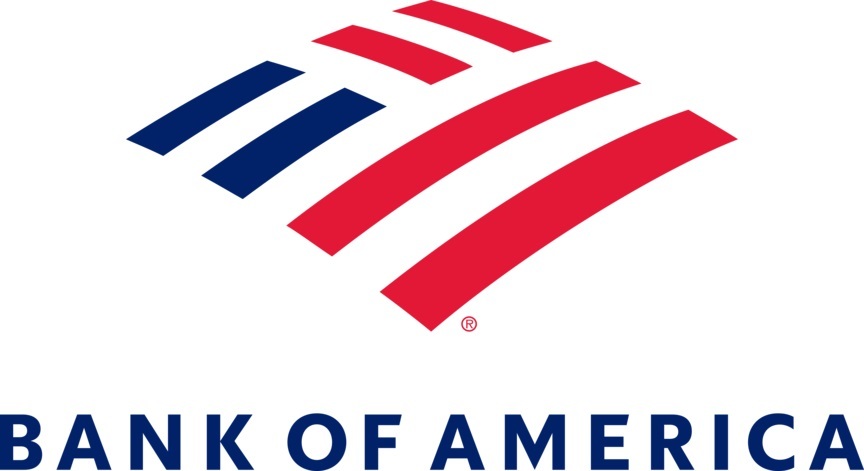
Analysts predict an earnings per share (EPS) of $0.78 and revenue of $25.31 billion for the upcoming quarter.
The impact of higher deposit costs is a concern for profitability across U.S. banks, including BAC.
Key financial metrics such as a P/E ratio of 12.95 and a debt-to-equity ratio of 2.38 provide insight into BAC’s market valuation and financial health.
Bank of America Corporation, listed on the NYSE as BAC, is a major player in the financial services industry. It offers a wide range of banking and financial products to individuals, businesses, and governments. As one of the largest banks in the United States, it competes with other financial giants like JPMorgan Chase and Wells Fargo.
As BAC prepares to release its quarterly earnings on October 15, 2024, analysts predict an earnings per share (EPS) of $0.78 and revenue of $25.31 billion. However, the financial community is cautious, as highlighted by Investopedia, due to the impact of higher deposit costs affecting profitability across U.S. banks.
The anticipated decline in BAC’s third-quarter earnings, as noted by Zacks Investment Research, is a concern for investors. The bank’s current financial metrics, such as a P/E ratio of 12.95 and a price-to-sales ratio of 2.59, provide insight into its market valuation. These figures help investors assess whether BAC is a good buy or hold.
BAC’s enterprise value to sales ratio of 5.74 and enterprise value to operating cash flow ratio of 14.64 indicate how the market values the company’s sales and cash flow. With an earnings yield of 7.72%, BAC offers a return on investment based on its earnings, which is a key consideration for investors.
The bank’s debt-to-equity ratio of 2.38 and current ratio of 1.02 reflect its financial stability and ability to cover short-term liabilities. These metrics are crucial for investors evaluating BAC’s financial health as the earnings release approaches.

